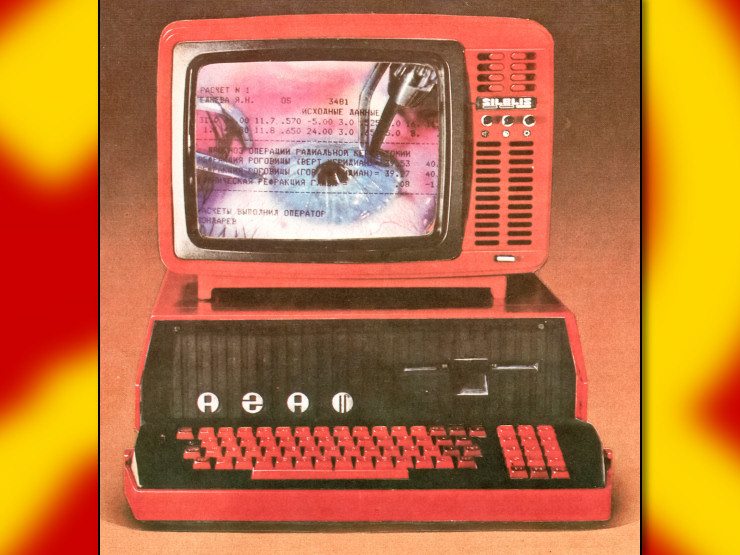Tiangong (Chinese: 天宮; pinyin: Tiāngōng; lit. 'Palace in the Sky'),[5][6] officially the Tiangong space station (Chinese: 天宫空间站), is a space station being constructed by China in low Earth orbit between 340 and 450 km (210 and 280 mi) above the surface. Being China's first long-term space station, it is the goal of the "Third Step" of the China Manned Space Program. Once completed, Tiangong will have a mass between 80 and 100 t (180,000 and 220,000 lb), roughly one-fifth the mass of the International Space Station and about the size of the decommissioned Russian Mir space station.
The construction of the station is based on the experience gained from its precursors, Tiangong-1 and Tiangong-2.[7][8][9] The first module, the Tianhe ("Harmony of the Heavens") core module, was launched on 29 April 2021,[5][6] followed by multiple crewed and uncrewed missions and two more modules to be launched in 2022.[7] Chinese leaders have expressed the hope that the research conducted on the station will improve researchers' ability to conduct science experiments in space, beyond the duration and capacity offered by China's existing space laboratories.[10]
China's incentive to build its own space station was amplified after NASA refused Chinese participation in the International Space Station in 2011,[63] although China, Russia and Europe mutually vowed intentions to maintain a cooperative and multilateral approach in space.[64] Cooperation in the field of crewed space flight between the China Manned Space Agency (CMSA) and the Italian Space Agency (ASI) was examined in 2011 and participation in the development of China crewed space stations and cooperation with China in the fields such as visiting astronauts, and scientific research was discussed.[65]
An initial cooperative agreement with China National Space Administration and Italian Space Agency was subsequently signed in November 2011, covering areas of collaboration within space transportation, telecommunications, Earth observation, etc.[66] In 2019, an Italian experiment High Energy cosmic-Radiation Detection (HERD) was scheduled on board the Chinese station.[67] Tiangong also involved cooperation from France, Sweden, and Russia.[68]
On 22 February 2017, the CMSA and the Italian Space Agency (ASI) signed an agreement to cooperate on long-term human spaceflight activities.[69] The agreement holds importance due to Italy's leading position in the field of human spaceflight with regards to the creation and exploitation of the International Space Station (Node 2, Node 3, Columbus, Cupola, Leonardo, Raffaello, Donatello, PMM, etc.) and it signified Italy's increased anticipation in China's developing space station programme.[70] The European Space Agency (ESA) started human spaceflight training with CMSEO in 2017, with the ultimate goal of sending ESA astronauts to Tiangong.[71]
International experiments were selected by the CMSA and the United Nations Office for Outer Space Affairs (UNOOSA) in a UN session in 2019. 42 applications were submitted and nine experiments were accepted.[72] Some of the experiments are a continuation to the ones on Tiangong-2 such as POLAR-2, an experiment of researching Gamma-ray burst polarimetry, proposed by Switzerland, Poland, Germany and China.[73] Tricia Larose from the University of Oslo of Norway develops a cancer research experiment for the station. The 31-days experiment will test to see if weightlessness has a positive effect in stopping cancer growth.[74] Tiangong is also expected to host experiments from Belgium, France, Germany, India, Italy, Japan, Kenya, Mexico, the Netherlands, Peru, Russia, Saudi Arabia, and Spain.[73]
Regarding the participation of foreign astronauts, CMSA has repeatedly communicated their support for such proposals. During the press conference of the Shenzhou 12 mission, Zhou Jianping, the chief designer of China Manned Space Program explained that multiple countries had expressed their wish to participate. He told journalists that the future participation of foreign astronauts "will be guaranteed".[75] Ji Qiming, an assistant director at CMSEO told reporters that he believes "in the near future, after the completion of the Chinese space station, we will see Chinese and foreign astronauts fly and work together."[76]
Announcements & Information
Megathreads and spaces to hang out:
❤️ Come listen to music with your fellow Hexbears in Cy.tube
💖 Come talk in the New weekly queer thread
🧡 Monthly Neurodiverse Megathread
💛 Read about a current topic in the news
⭐️ May Movie Schedule ⭐️
Reminders:
💚 You can join specific comms to see posts about all sorts of topics
💙 Hexbear’s algorithm prioritizes comments and discussions over upbears
💜 Sorting by new makes your comrades happy
🌈 If you ever want to make your own megathread, you can go here
Links To Resources (Aid and Theory):
spoiler
Aid:
💙 Comprehensive list of resources for those in need of an abortion -- reddit link
💙 Resources for Palestine
Theory:
❤️ Foundations of Leninism
❤️ Anarchism and Other Essays
❤️ Mega upload with theory for many tendencies


I have neither of these things. Laundry status: unfolded.
Ohshi- I forgot my laundry. Thanks for the reminder.